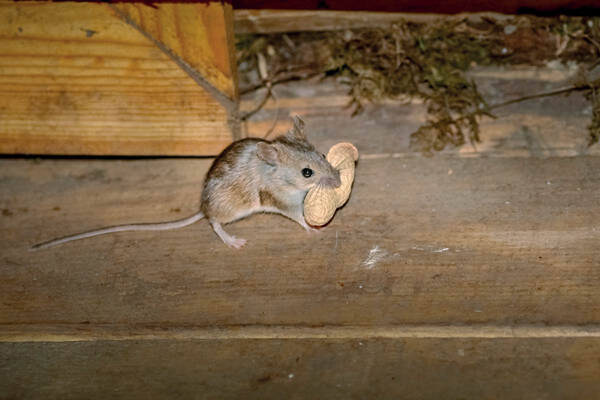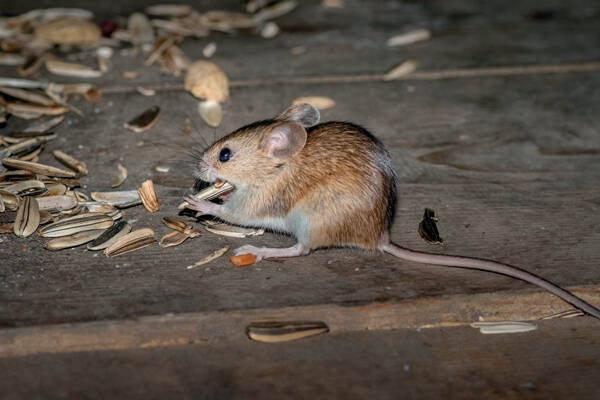Apodemus
IUCN
LCBasic Information
Feature
The body shape is very similar to that of the wood mouse, with long ears that can be pulled forward to reach the eyes.
Distribution and Habitat
In China, it is only distributed in Xinjiang. Abroad, it is distributed from Russia to the west to central Europe.
Appearance
The body size is small, and the adult body length is usually less than 100mm (average 85mm), with only a few individuals reaching 105mm. The tail length is shorter than the body length. Some individuals are close to or exceed the body length, with hind legs ranging from 17 to 21 mm. The color is light, with the coat being sandy yellow to light reddish brown; the color boundary between the back and abdomen is obvious, the base of the fur on the abdomen is gray, and the tips of the fur are almost white. The overall tone is lighter, with prominent red tones. The upper and lower parts of the tail are two colors, the back is similar to the back color of the body, and the belly is grayish white. The coat color on the inner and outer sides of the limbs and the abdomen is roughly the same. The age variation of coat color is obvious. The coat of older individuals is lighter and has a darker khaki tone, while the coat of larvae is grayer. There are three obvious odontoid processes on the lingual
Details
The small-eyed field mouse belongs to the Murinae subfamily. It mainly lives in relatively humid forests and forest-steppes, and enters grasslands and desert steppes along river valleys and shrubs. In northern Xinjiang, it mostly lives in broad-leaved forests dominated by poplars and willows, coniferous forests dominated by spruce and fir, shrubs, and wheat, sesame and other crop fields in farmlands, as well as weedy canal ridges and submerged overflow zones. It is not found in desert areas. Previously, this species has always been considered to be the small wood mouse (<Apodemus sylvaticus>), but the results of biochemical and morphological studies, as well as molecular systematics and morphological studies, all believe that the small wood mouse is only distributed in western Europe. The small-eyed field mouse (<Apodemus uralensis>) distributed in Xinjiang and neighboring areas of my country was named in 1811, and the type specimen is located in the southern Ural Mountains of Russia.










